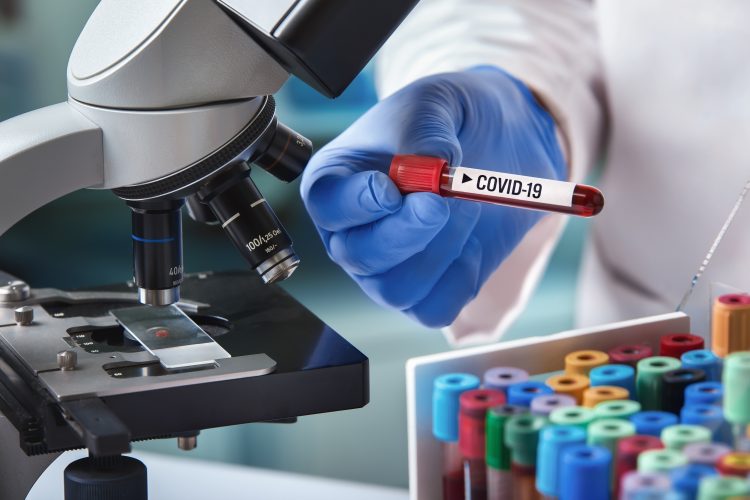Novel COVID-19 test could significantly reduce testing time
Posted: 5 January 2021 | Hannah Balfour (European Pharmaceutical Review) | No comments yet
The new COVID-19 test, called RTF-EXPAR, was able to accurately detect the presence of SARS-CoV-2 viral RNA in under five minutes.


Researchers have developed a COVID-19 test that can deliver accurate results in less than five minutes. The method is described in a preprint paper published on MedRxiv.
Professor Tim Dafforn from the University of Birmingham’s School of Biosciences, UK, commented: “We have designed a new method for testing that combines the ease of use and speed of lateral flow testing with the inherent sensitivity of an RNA test. It features reagents that can be used in existing point of care devices and meets the need for testing in high throughput, near-patient settings where people may be waiting in line for their results.”
The current gold standard is the Reverse Transcription Polymerase Chain Reaction (RT-PCR) test. However, it takes more than an hour per sample and has two steps: 1) using a reverse transcriptase enzyme to convert RNA to DNA, a process that takes 30 minutes; and 2) using a DNA polymerase enzyme to copy the DNA and amplify it to detectable levels, requiring multiple, time-consuming cycles of heating and cooling.
Although single temperature processes have been developed this year, reducing this last step below 20 minutes has confounded scientists. Lateral flow tests, which measure the presence of antibodies (unlike RT-PCR which detects viral RNA), can take up to 30 minutes.
To speed up the testing process, the researchers designed a novel single-step approach for converting viral RNA into DNA. They then combined it with a known technique called Exponential Amplification Reaction (EXPAR), which increases DNA concentration to detectable levels at a constant temperature. They named the new method Reverse Transcriptase Free EXPAR (RTF-EXPAR) testing.
RTF-EXPAR uses a DNA sequence called Binder DNA that recognises and binds to SARS-CoV-2 viral RNA and an enzyme, BstNI, that recognises the Binder DNA. BstNI cuts a short section from the Binder DNA when viral RNA is present, once cleaved, the viral RNA is free to bind to more Binder DNA and the cycle is repeated. The test detects the output of this cycle.
The researchers tested the method by introducing BstNI, Binder DNA and SARS-CoV-2 samples to EXPAR reagents and incubating at a constant temperature of 50oC. These conditions yielded test results in 4.00 +/- 0.72 minutes for the positive sample. No signal was observed for the negative (control) sample after 10 minutes of incubation. The concentration of SARS-CoV-2 RNA in the positive sample was 72.7 copies/µL, a value up to 10 times lower than the average viral load found in COVID-19 patient samples.
While it was developed for COVID-19 testing, the team said the technique could be applied to any RNA-based infectious agent or disease biomarker (including cancer), so in the long-term, the use of RTF-EXPAR is expected to extend beyond SARS-CoV-2.
University of Birmingham Enterprise has filed a patent application covering the method and its use in diagnostic equipment. They are now seeking to license the patent for rapid product development.
Related topics
Antibodies, High Throughput Chemistry (HTC), HTS (High Throughput Screening), Microbial Detection, PCR assay, RNA, Viruses
Related organisations
University of Birmingham Enterprise, University of Birmingham’s School of Biosciences








